Facts:
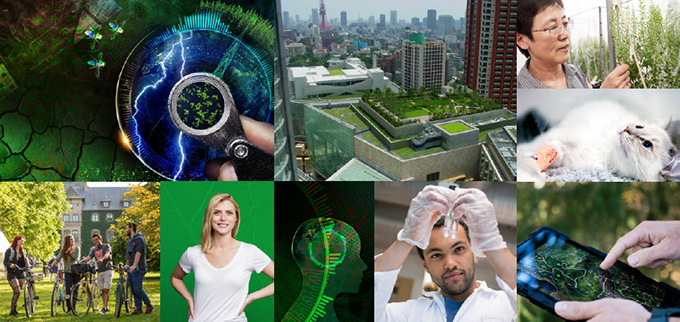 Carefully chosen images allow you to create an overall green feeling with a few red details.
Carefully chosen images allow you to create an overall green feeling with a few red details.
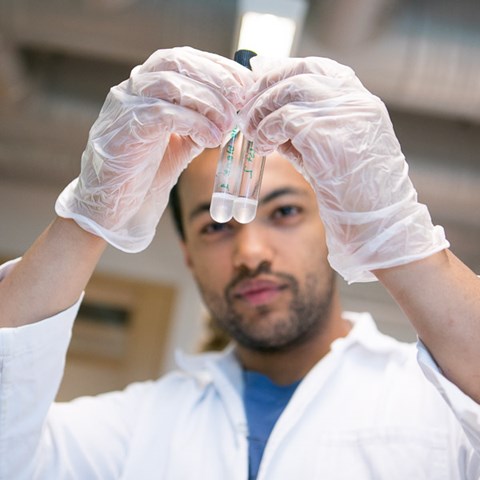
A short summary of the image and video policy:
"Visual media are used to illustrate activities at the university, but also to show that SLU makes the world a better place. We want to communicate liveliness, commitment and activity. The choice of image has to reflect our diversity. Our aim is to use authentic images. Use images that challenge the traditional perception of our activities. Our images have to be up-to-date and of high aesthetic and technical quality."
(Only the Swedish version is the official version)
The image and video policy is divided into six value words. However, these words are not meant to be used as a checklist of qualities each image needs to meet – that is impossible. Instead, the they should be used as a guide when you analyse image material. When using these words to analyse the material as a communications officer, you must assess and be certain that the overall impression meets our own requirements.
To maintain our credibility, we must use images and videos that show our sites, our operations and teaching and our researchers and students. We can strengthen authenticity and credibility further by publishing related material, links to pages where the research in question is presented more thoroughly, interviews with researchers/students, blogs, etc.
We primarily use high-quality and relevant image material, taken by our employees or professional photographers/media producers. Displaying “photographic evidence” of our own operations gives us credibility and enables us to offer the same material to the media.
We can use stock videos and photos of nature or specific species as long as the content have been verified as authentic and credible, and if we do not have qualitative material that can be used.
We can also use generative AI to create pictures and video. New, exciting and useful functionality is released continuously. Sometimes when you look at a picture, it's obvious that it is generated, but not always. It's easy nowadays to generate pictures to visualise fantasies and visions of the future, but it's important for us to use these pictures in a responsible way and for the right purposes, so that we don't loose our credibility. It's very easy to lie with pictures. We can show elks in the classroom, we can populate empty spaces, but when using generated pictures we need to clearly state that we do so. Also, think carefully before you modify a picture. Can this modification create negative reactions? Do you have the right arguments for taking the shortcut and generating this picture?
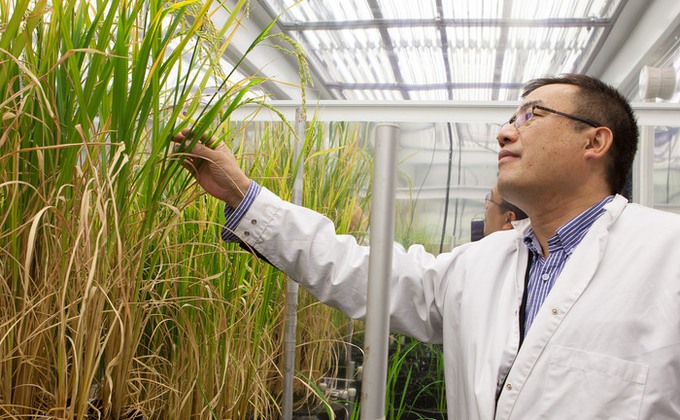 We are more credible if we communicate our own images of researcher Chuanxin Sun with rice plants in the Biocenter climate chamber than if we purchase an image of a rice field or a bowl of rice to illustrate the subject in question. In addition, if we use our own images, it is also an opportunity to showcase our top-range research facilities. Photo: Jenny Svennås-Gillner, SLU.
We are more credible if we communicate our own images of researcher Chuanxin Sun with rice plants in the Biocenter climate chamber than if we purchase an image of a rice field or a bowl of rice to illustrate the subject in question. In addition, if we use our own images, it is also an opportunity to showcase our top-range research facilities. Photo: Jenny Svennås-Gillner, SLU.
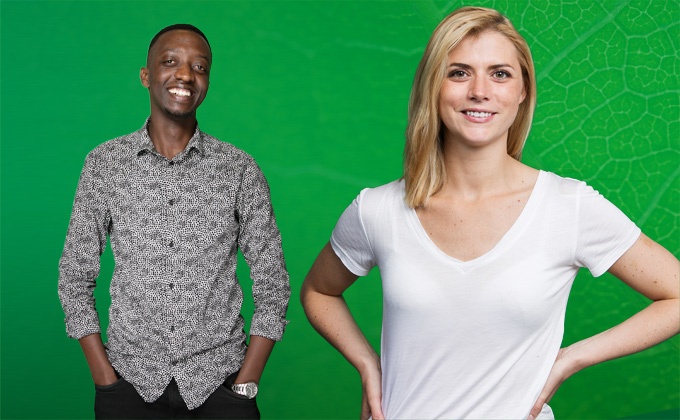
Here is an image of two SLU students. In certain contexts, we express ourselves more commercially, but, where possible, we always try to prove that the people in the picture actually are SLU students. This is done by e.g. providing links to interviews, blogs or other material that presents the average day of a student. Stating the student’s name and degree programme also increases credibility. Photo: Jenny Svennås-Gillner, SLU.
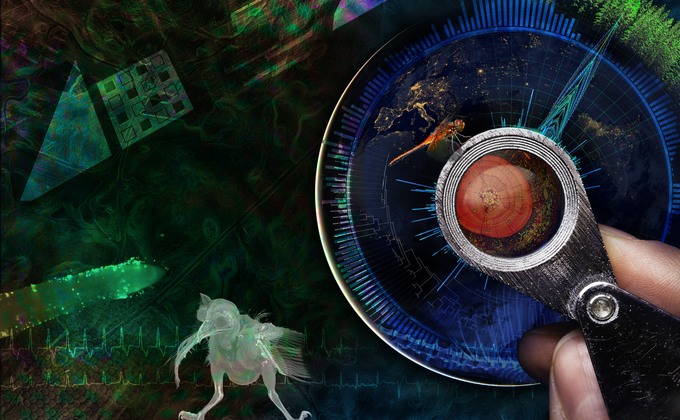 SLU’s distinctive image collages consist of authentic images, largely taken at our own operations. They have been put together in a thought-provoking collage which is meant to give insight into university operations, in accordance with our core values.
SLU’s distinctive image collages consist of authentic images, largely taken at our own operations. They have been put together in a thought-provoking collage which is meant to give insight into university operations, in accordance with our core values.
In order for us to convey a sense of life and activity, our research and teaching environments must be populated. After all, our operations do not run themselves – they require committed people.
If we use nature images free of people to communicate our subject fields, they need to be balanced with images that show actual activities, sampling and subsequent analysis. We need to present our initiatives, what we do and why.
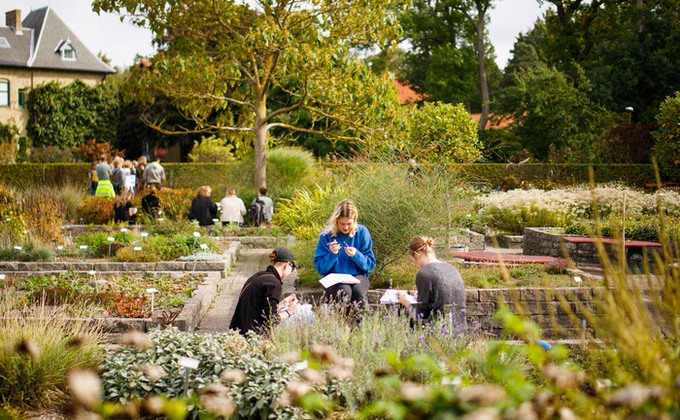
An attractive campus environment with students. Photo: Mårten Svensson.
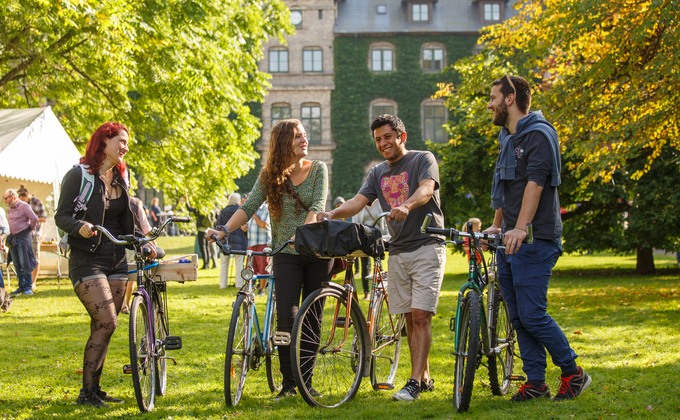
Including characteristic buildings from our various sites is a good idea, but the image must include people. If focus lies on them, we can include other messages in the background without being over-explicit. Photo: Mårten Svensson.
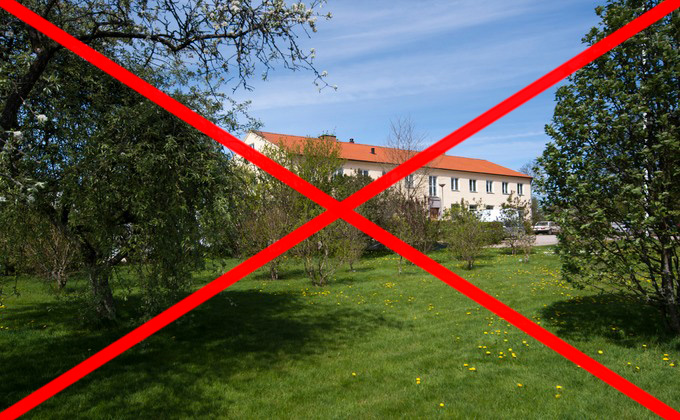
This is not an ideal site image. It does not convey life or show site activities, and you do not get the sense that anything is happening. There is also the sense that the photographer has tried to hide the building behind greenery.
When depicting students and researchers, we want to show that everyone is welcome. There is room for everyone here regardless of age, gender, ethnicity, religion, political views, disability, sexual orientation or transgender identity or expression. We simply want to display diversity.
We must also show how diverse and varied our operations are: country/city, lab/field, old, traditional environments/new, modern buildings with adjoining research facilities. We must be able to communicate what our operations concretely consist of, both in regard to subjects and activities.
We want to show how SLU changes the world for the better. If you use “disaster images”, for example of drought or floods, try to balance them by showcasing the measures we are taking and how they make a difference.
We are all committed to SLU’s subject fields. We want to show committed researchers, students and employees who work together to make the world a little better. Therefore, we should make conscious decisions not to publish images of employees or students who look unmotivated. Instead, we should choose images that show commitment. Images that convey energy, drive and focus. This does not mean that subjects need to smile and look into the camera. They could just as well be images of a very focused, working researcher.
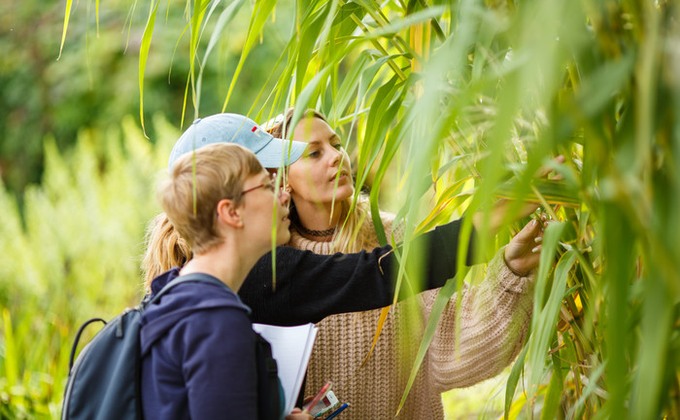
Focused and curious students investigating material in Alnarp.
Photo: Mårten Svensson
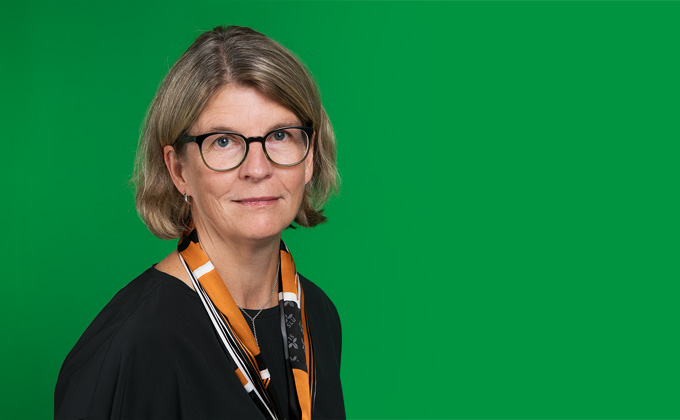
This image of Karin Holmgren is an example of someone showing commitment. No big smile is necessary.
Photo: Jenny Svennås-Gillner, SLU
Our subject fields can often be considered traditional, just like many of our buildings. Therefore, we want to show that the work we do within our different subject fields, at various sites, is modern. Our environments are well-adapted to what we do – there are incredibly advanced research facilities and modern campus areas.
For example, we research animal welfare, soil science and resistant crops. If we only show images of cows grazing happily, mud and swaying wheat fields, we are only showing the traditional image of SLU. By doing this, we often confirm preconceptions of our university. We must highlight our scientific initiatives, surveys and analyses. We must show that what we do is modern.
We can still show the traditional buildings that contribute to a welcoming environment for both employees and students, but only if we balance those images with others that display modern equipment, new buildings as well as committed employees and students.
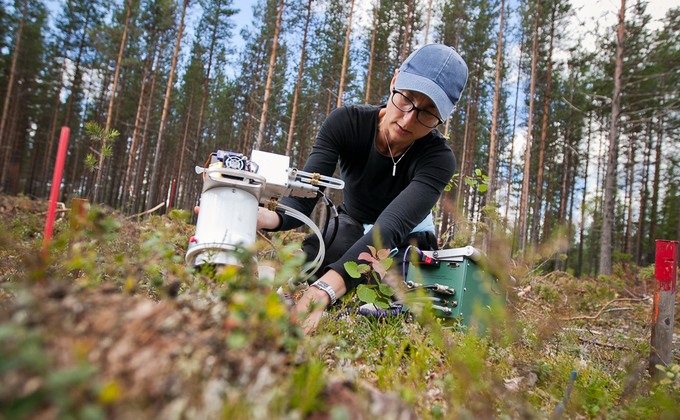
Modern operation in a traditional environment: Linda Gruffman measures soil respiration at Svartberget Research Station. Photo: Jenny Svennås-Gillner, SLU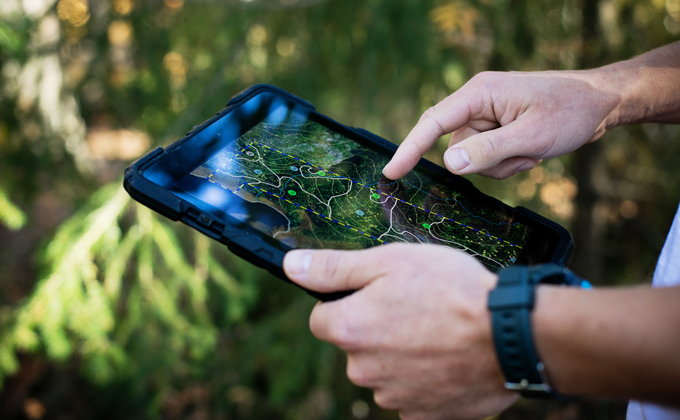
Digital tools are commonly used in forestry. Photo: Jenny Svennås-Gillner, SLU
 Carefully chosen images allow you to create an overall green feeling with a few red details.
Carefully chosen images allow you to create an overall green feeling with a few red details.
Jenny Svennås-Gillner, Picture editor/photographer
Division of Communication, SLU
bild@slu.se
+46 18-67 22 99
+46 768-09 22 99
Image and video policy for SLU (in Swedish), 2019-06-17